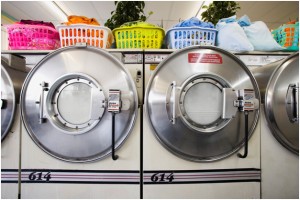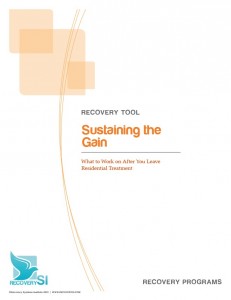 A Relapse Prevention Workbook for Residential Treatment Programs
A Relapse Prevention Workbook for Residential Treatment Programs
Victor is bemoaning the fact that after a month in rehab, he drank in the airport lounge during a layover on the way home.
“All that time and money. What a waste. I still drank.”
“That your first rehab?” I asked him.
“Second. First time lasted a week before I fell off the wagon. At a birthday party.”
“You remember what they taught you in the programs?”
“Go to meetings,” he shrugged. “Don’t drink.”
“But you did drink,” I pointed out.
“Yeah, and once I started, there didn’t seem to be much point in meetings.”
“How could the program have prevented you from drinking? They weren’t in the airport lounge with you, were they? They weren’t at that birthday party?”
“No,” he admitted. “But I shouldn’t have needed a drink after all that counseling.”
“When you say you needed it,” I inquired, “you mean you were in withdrawal?”
“No. I hadn’t anything in a month.”
“In the grip of an overwhelming craving, maybe?”
‘Not overwhelming. But I really wanted a drink, and it was there…”
The picture became clear. Victor had expected rehab to do the one thing it can’t: remove the desire to drink. It’s just too deeply ingrained. Years upon years of conditioning, for one thing.
Like many, Victor viewed rehab as a washing machine — goes in dirty, comes out clean. Even if rehab worked that way, Victor’s approach was a bit like putting on clean clothes and then rolling in the mud before calling the manufacturer to complain the machine didn’t work.
Behavior change is about work, not magic. The trick is to sustain the gains made in rehab in the vast uncontrolled experiment that is everyday life.
Takes most people a while to figure this out. Many recovering people will tell you how important it was to realize that if they didn’t have the first drink, they couldn’t possibly have the second. It’s a ridiculously simple insight that many of us don’t have for years. Yet at root, it’s just physics.
As long as the addict continues to give in to the temptation to have just one – of whatever represents his ‘drug’ of choice – the cycle of relapse continues. The rest is really just assigning blame.
Rehab programs know this, of course. But arming clients with relapse avoidance skills is always a challenge, especially in a residential setting. Residential programs can act like hothouses, promoting great starts and strong early growth. Like “hardening off” seedlings from a greenhouse, getting clients to think about and prepare for challenges that can trigger relapse is key to sustaining the gains of treatment.
This brief patient education guide provides a tool for encouraging residential clients to skip a few of the more painful ‘wash cycles’ and get on with the business of living. It provides ten steps that can be reviewed in group or as individual exercises, using checklists and questions to encourage clients to complete treatment and “sustain the gain” after:









